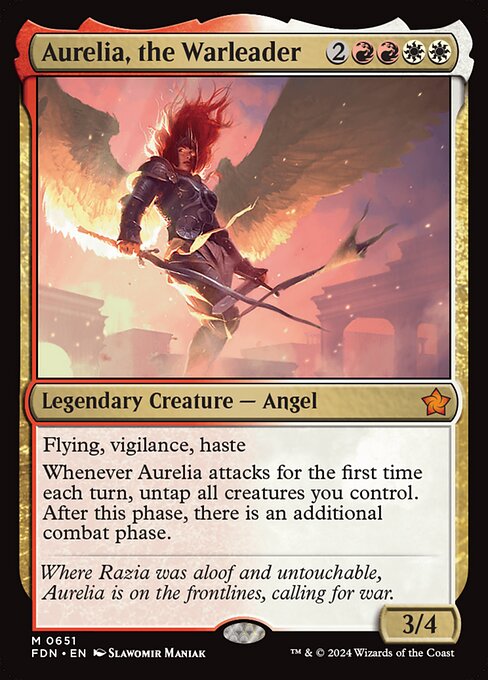Deck & Commander Strategies

Aurelia, the Warleader
Aggressive combat-focused deck leveraging equipment and efficient creatures to apply early pressure and gain incremental advantage through combat triggers.
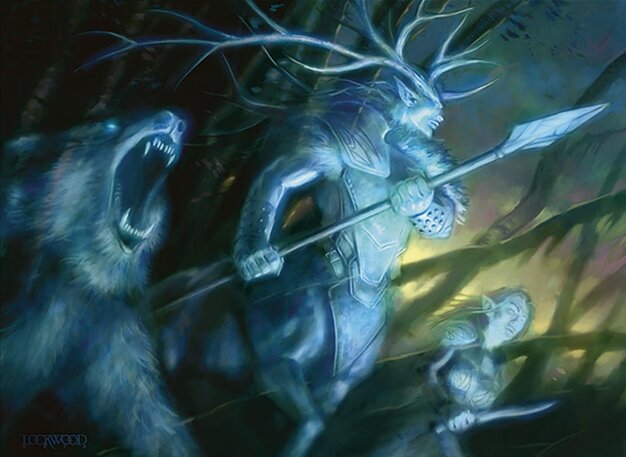
Karador, Ghost Chieftain
Graveyard recursion and value engine deck using creatures with enter-the-battlefield effects, Skullclamp for card draw, and reanimation to grind out value over time.
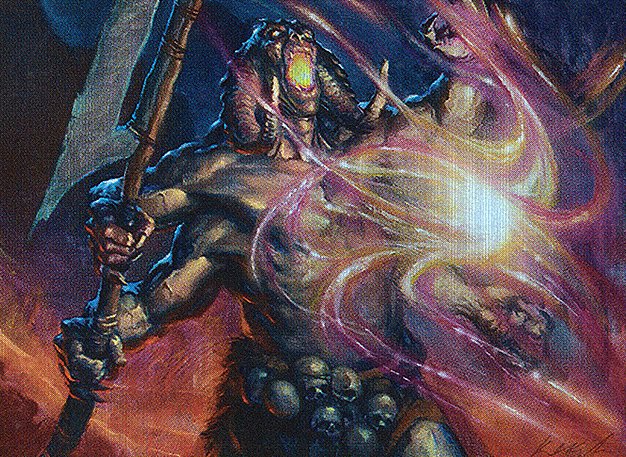
Yidris, Maelstrom Wielder
Cascade-focused deck aiming to chain powerful spells and cascade triggers, stealing or copying opponents’ resources and disrupting their plans with value cascades.
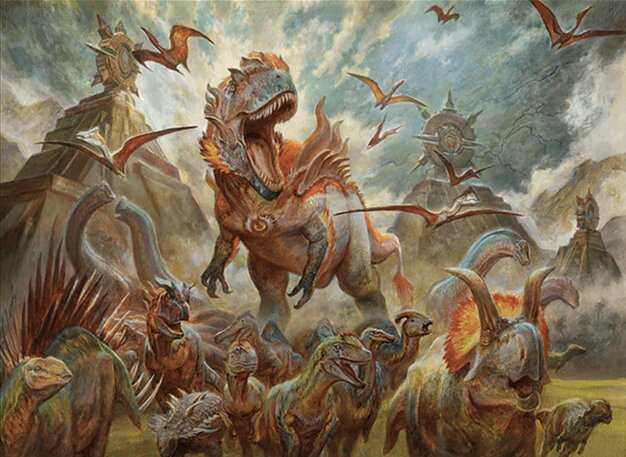
Gishath, Sun's Avatar
Ramp into a big dinosaur commander to deal massive damage and trigger landfall effects, supported by ramp spells and dinosaur tribal synergies.
Gameplay Insights
- 1
Karador player used Skullclamp on Llanowar Elves to draw multiple cards early, fueling graveyard recursion.
- 2
Trevor’s Yidris cascaded into Mind's Dilation, allowing him to cascade additional spells and generate card advantage by forcing opponents to exile cards from their libraries.
- 3
Matt’s decision to cast Swiftfoot Boots on Gishath provided protection and allowed him to attack successfully, but a failure to reveal dinosaurs off the top limited his follow-up impact.
- 4
Mike sacrificed creatures to Altar of Dementia to mill opponents, synergizing with his graveyard and enabling recursion with Revvie Arc.
- 5
Karador’s use of Karmic Guide to bring back Razaketh led to significant value plays, including tutoring and reanimation that pressured opponents.
- 6
Trevor’s Cultural Primordial cascaded into Right of Replication, creating a token copy of Razaketh, amplifying his board presence and recursion capabilities.
- 7
The interaction between Homeward Path and graveyard recursion cards created opportunities for players to regain key creatures from exile and graveyard zones.
Notable Cards
-
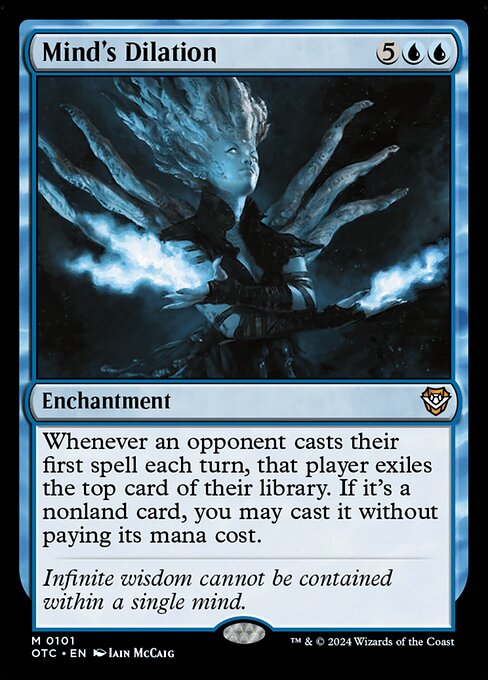
Mind's Dilation
-
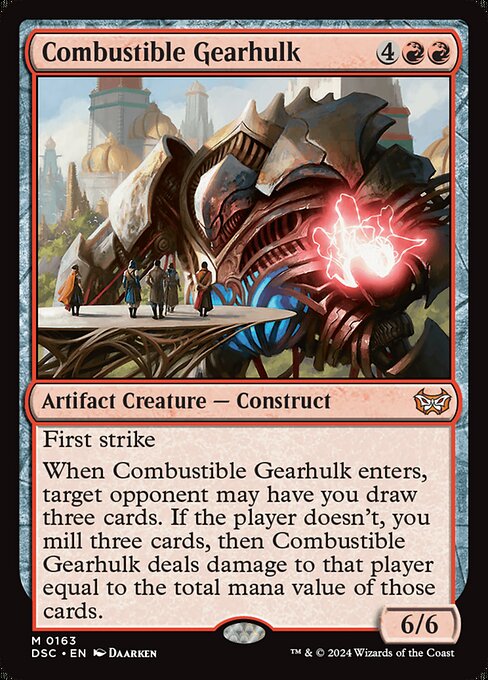
Combustible Gearhulk
-
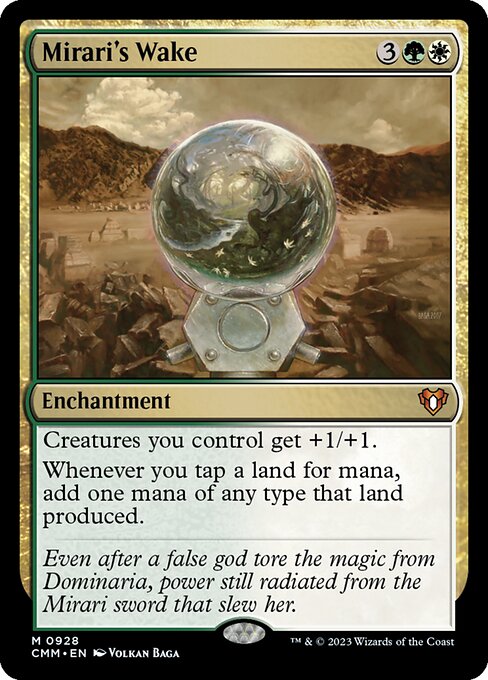
Mirari's Wake
-

Skullclamp
-
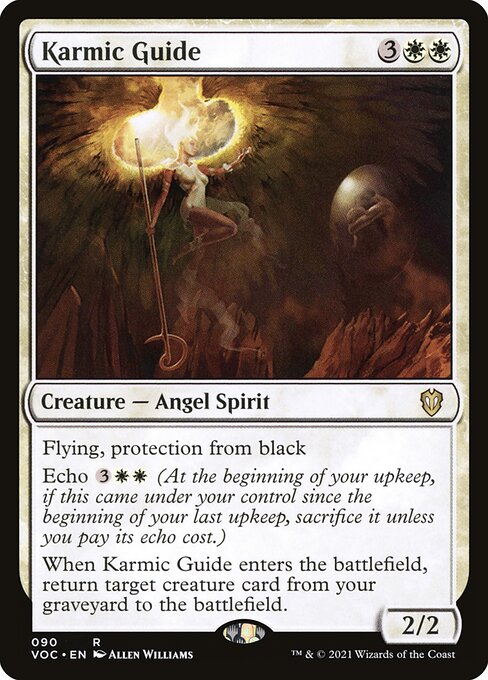
Karmic Guide
-
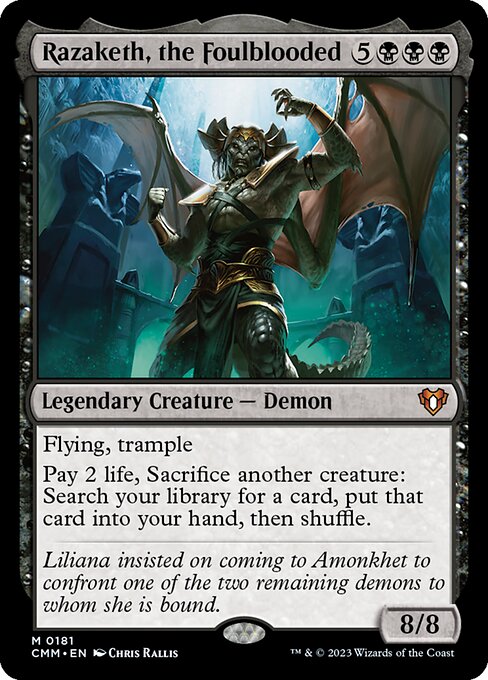
Razaketh, the Foulblooded
-
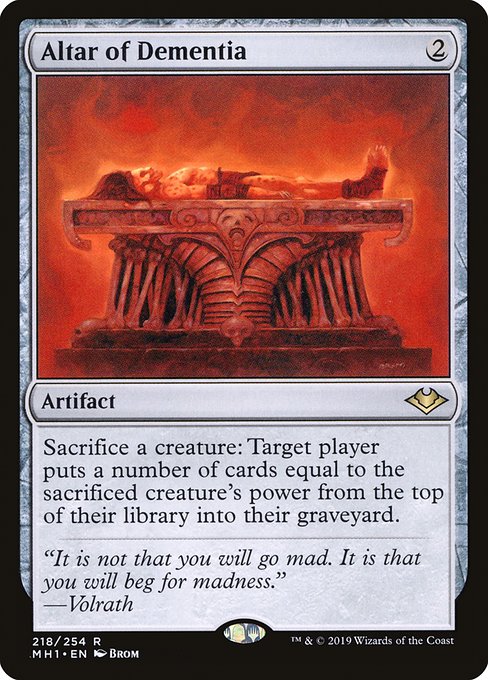
Altar of Dementia
-
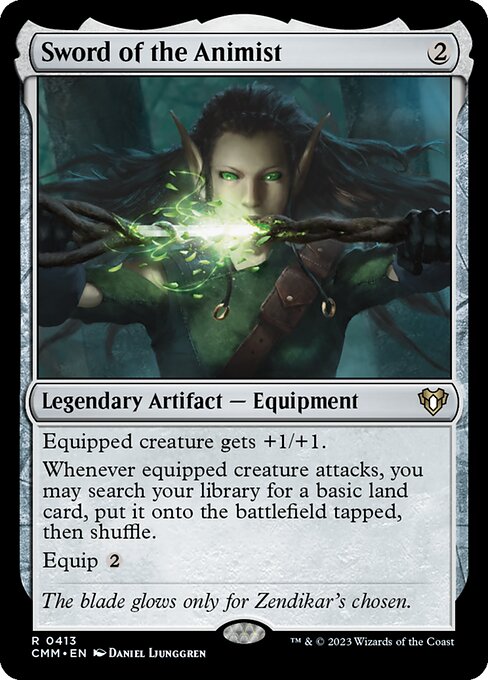
Sword of the Animist
-
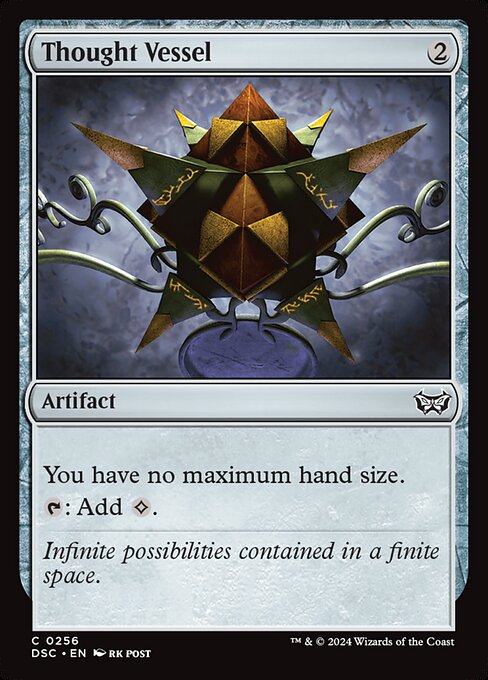
Thought Vessel
-

Swiftfoot Boots
-

Breeding Pool
-

Temple of Mystery
Gameplay Summary
The game started with each player developing their mana base and casting early creatures to establish board presence.
Matt, playing Gishath, aimed to ramp quickly into his dinosaur commander, while Trevor with Yidris focused on cascading into powerful spells like Mind's Dilation and Combustible Gearhulk to generate value and disrupt opponents.
Mike on Aurelia leveraged efficient equipment like Sword of the Animist and aggressive creatures such as Knight of the White Orchid to apply pressure early.
The narrator, playing Karador, utilized graveyard recursion and card draw engines like Skullclamp and Karmic Guide to maintain card advantage. A key turning point was when Karador destroyed Matt’s Mirari’s Wake with a Night of Autumn, slowing Matt’s ramp.
Trevor’s Yidris repeatedly cascaded into disruptive spells and clones, stealing key creatures and maintaining pressure.
Matt eventually cast Gishath, swinging for significant damage and revealing multiple dinosaurs but failing to find impactful follow-ups.
The graveyard interactions became central as Karador recycled creatures such as Razaketh, while Trevor exploited Mind’s Dilation and Cultural Primordial to gain card advantage and create copies.
Mike’s sacrifice and mill synergies with Altar of Dementia and Revvie Arc helped him maintain board control and resources.
The game revolved around recursion, cascades, and value plays with a focus on board presence and incremental advantage rather than explosive combos.


